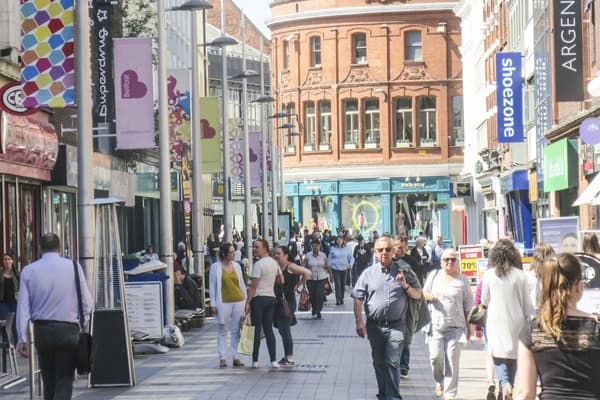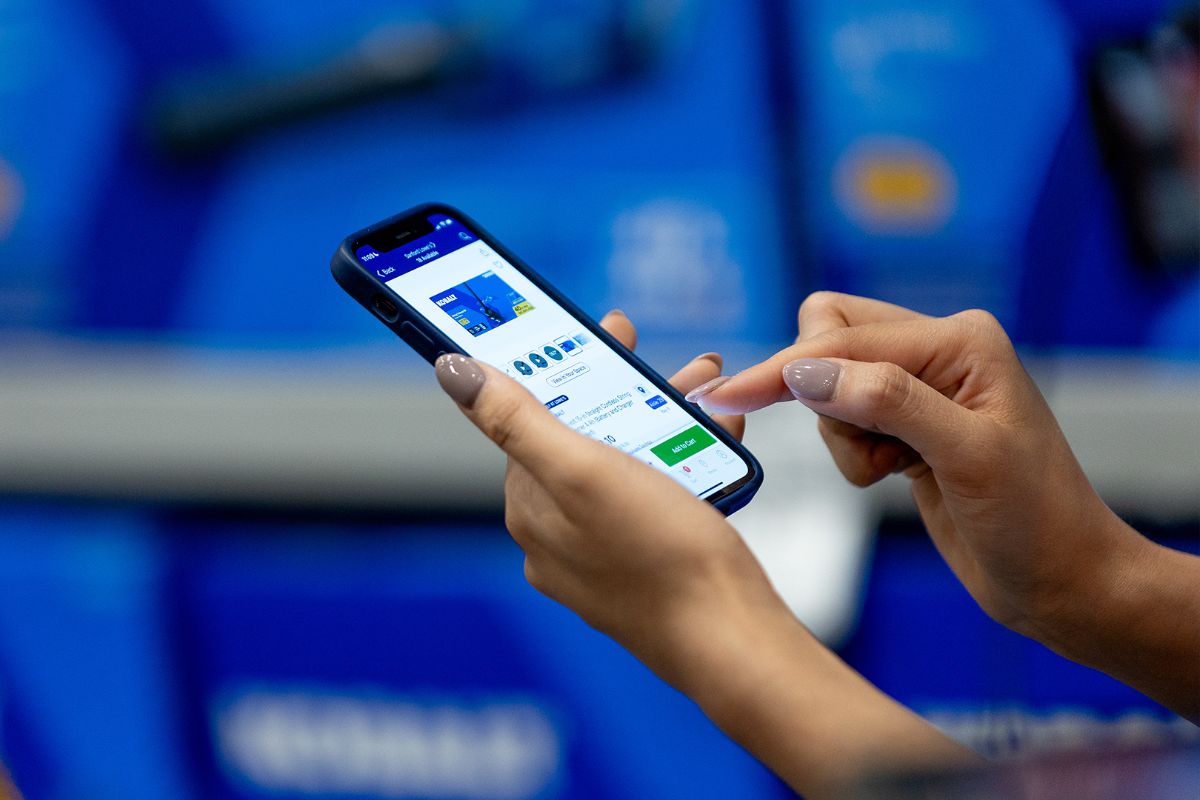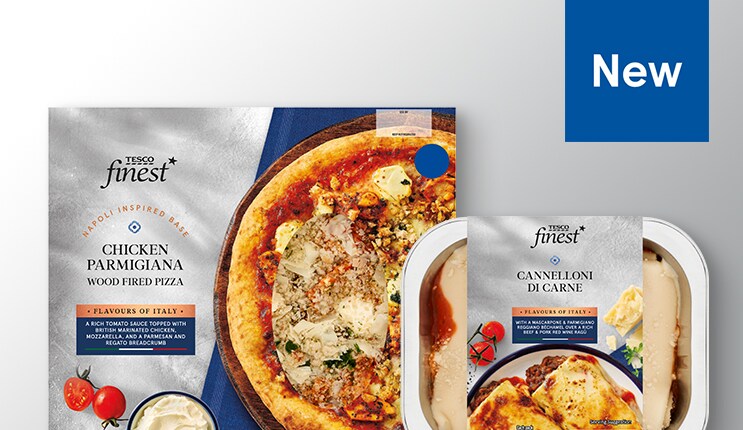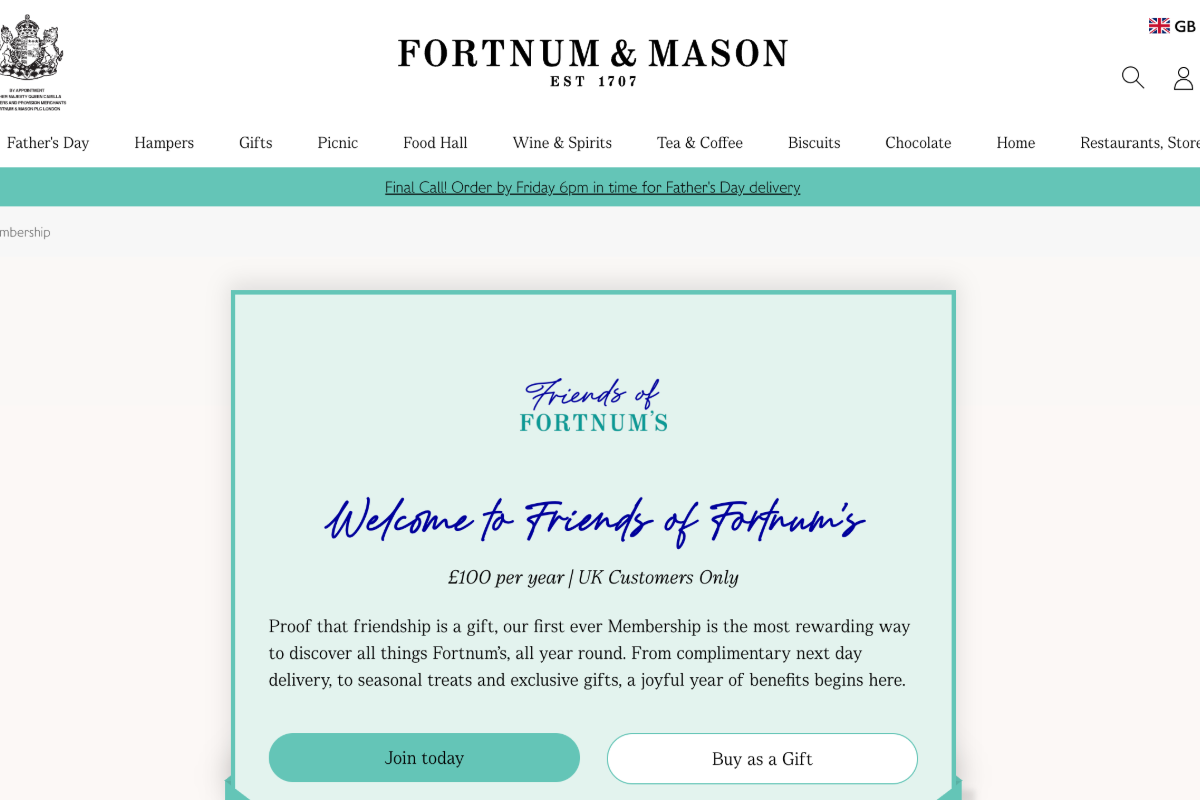Shoppers spent more in-store and less online in February 2022 than they did a year earlier, new retail sales figures suggest. They also spent more online and less in-store than they did two years earlier, in pre-pandemic February 2019.
The BRC-KPMG Retail Sales Monitor for February 2022 shows how online, in-store and sales across channels have changed both compared to last year – when there was a lockdown of non-essential stores in place – and the previous year – when February 2020 was the last month before the pandemic restrictions were put in place.
Across all channels, sales rose by 6.7% in total on a year earlier, and 4.9% on the previous year, found the BRC-KPMG Retail Sales Monitor. On a like-for-like basis – which strips out the effect of store and business openings and closures – sales were 2.7% ahead of last year.
In the three months to February, non-food retail sales were 12% ahead of last year in total, and 6.9% ahead LFL That’s behind the 12-month trend of 19.4%. Non-food sales grew in February alone.
Helen Dickinson, chief executive of the British Retail Consortium (BRC), says: “February saw continued sales growth, although dampened by Storm Eunice and falling consumer confidence. Traditional try-before-you-buy products, like furniture and home accessories, as well as fashion and jewellery, continued to be the highflyers as more people returned to stores.”
Meanwhile, Barclaycard figures showed that shoppers spent 13.7% more on cards in February than at the same time in 2020. Spending on essential items grew by 12%, as fuel prices rose and as more people commuted to work. But shoppers cut back on their weekly grocery shop as prices rose. Travel retailers, however, had their best month since before the pandemic – with sales 13.9% down on February 2020, while Barclaycard’s consumer survey found that 33% are making more social or holiday plans.
How shoppers bought online
Some 40.8% of UK non-food retail sales took place online in February, according to the BRC monitor, That’s down from 65.4% of sales a year earlier – but 10 percentage points ahead of the 30.8% seen at the same point in 2020.
Online non-food sales were 28.4% lower than in February 2021 – when they had grown by 82.2% on the previous year, according to BRC figures. That’s ahead of the three-month trend (-21.5%). But compared to February 2021, they were 26.9% higher. The two year comparison is also lagging behind the three-month trend (+27.6%).
Dickinson says: “While online sales remained down on last year, the new spending habits driven by the pandemic have settled into a new normal, particularly for non-food, with four in every ten pounds now spent online compared to three in every ten before the pandemic. Retail has driven five years’ of digital transformation in 24 tumultuous months.”
Paul Martin, UK head of retail at KPMG, says: “Online sales volumes continued to fall across all categories compared to February 2021. Online penetration however remains considerably higher than pre-pandemic levels, forcing retailers to continuously focus on reengineering their business models to find the right mix between physical and online retailing.”
How shoppers bought in-store
In-store non-food sales were 71.2% higher in total than a year earlier – when non-essential shops were closed – and 57.2% higher like-for-like. However, in-store sales were 7.5% lower than in February 2020 in total – but 3.1% ahead LFL.
Food sales in the three months to February were 0.1% ahead of February 2021, but down by 0.3% LFL. In February alone, food sales were in decline.
Susan Barratt, chief executive of grocery analyst the IGD, says: “Food and drink sales put in a resilient performance in February and although the market isn’t performing at the same rate as the lockdown-boosted growth of 2021, it remains elevated compared to 2020. Part of this will be down to inflation of course, which is undoubtedly playing a role, as shoppers face the fastest rise in the cost of living in 30 years.
“Against this backdrop, it’s no surprise that IGD’s Shopper Confidence Index continued its decline in February, reaching another all-time low since the index started in 2013. Anxiety among shoppers has no doubt been exacerbated by continued rising inflation, Ofgem’s confirmation that the energy price cap will increase by 54% in April and uncertainty over how Russia’s intervention in Ukraine will impact supply chains and food prices.”
Looking ahead
KPMG’s Martin says: “As we move into a new phase of managing COVID-19, retailers will be focussed on keeping consumers spending, as the cost-of-living squeeze threatens the health of the sector. With travel very much re-opened retailers are facing a double whammy of competing for share of wallet at the same time as the cost of living hits a high not seen in at least three decades. As is the case for consumers, retailers also face tough inflationary pressures and will have to make challenging decisions around how to absorb those, or pass them on without losing custom. It could be a challenging time ahead for some in the sector should consumers choose to cut their spending to manage increasing household bills.”
Dickinson says: “The future is looking increasingly uncertain, with current demand unlikely to be sustained. Consumer confidence, falling in recent months, will likely tumble further against the backdrop of the current geopolitical events. The cost of living will continue to spiral due to global inflation, increasing energy bills and the rise in national insurance this spring. With households facing lower disposable income, discretionary spend will be one of the first things to feel the squeeze.”
José Carvalho, head of consumer products at Barclaycard, says: “The strong uplifts across both retail and hospitality show that the nation is keen to make the most of life following the easing of Plan B restrictions, with many Brits still purchasing treats to give themselves a boost, and making social and holiday plans for the year ahead.
“As inflation starts to have an impact on consumer confidence, we’re seeing a shift in spending habits as Brits seek more value from their purchases, particularly on supermarket shopping, which saw its smallest growth since February 2020. With energy prices rising at the start of April, we will be watching how these price-conscious behaviours evolve over the coming months.”









